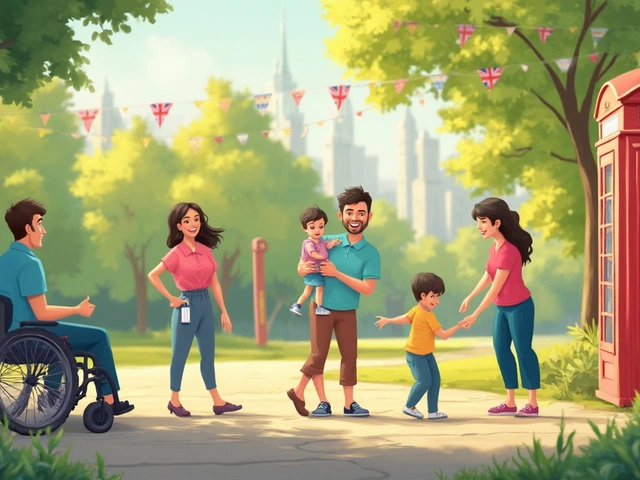Personalized Learning: Make Your Education Work for You
Did you know most students spend half their study time on topics that don’t move the needle? That’s the price of a one‑size‑fits‑all curriculum. Personalized learning flips the script – you decide what to learn, how fast, and with which tools. The result? Less wasted effort and more confidence when you finally hit the exam.
At its core, personalized learning means shaping the learning experience around your strengths, gaps, and interests. Instead of forcing every learner through the same textbook, you mix videos, quizzes, real‑world projects, and peer discussions to match the way you absorb information best. It’s not a fad; it’s a practical way to get faster, deeper results.
When you own the plan, motivation spikes. You can skip the chapters that already click and dive deeper into the tricky parts. That focus saves time, reduces frustration, and makes studying feel less like a chore and more like solving a puzzle you chose.
Why Personalized Learning Matters
First, it respects the fact that nobody learns the same way. Some of us need visual cues, others thrive on hands‑on practice. By matching delivery method to preference, you boost retention by up to 40% compared with traditional lectures. Second, it lets you set realistic goals. Want to master a topic before the next test? You can schedule micro‑sessions that fit your calendar instead of cramming all night.
Third, personalized learning uncovers hidden talents. When you explore subjects that genuinely interest you, you might discover a knack for data analysis, coding, or creative writing that a generic syllabus would never reveal. That extra skill can become a resume booster or even a new career path.
How to Build a Personalized Learning Plan
Start with a quick self‑audit. List subjects you love, topics that trip you up, and the formats that click for you – videos, podcasts, flashcards, etc. Next, set clear goals: "Finish the biology unit in two weeks" or "Score 85% on the next math quiz." Break each goal into bite‑size tasks and assign a realistic deadline.
Gather resources that match your style. Platforms like Khan Academy, Coursera, or even YouTube playlists let you pick the exact lesson that fits your pace. If you learn best by doing, find labs, simulations, or project‑based kits. Keep all links in one place – a simple Google Sheet or Notion page works fine.
Schedule regular review slots. A 15‑minute check‑in at the end of each week helps you see what’s working and where to adjust. If a video explains a concept faster than a textbook, swap it in. If a quiz feels too easy, raise the difficulty level.
Finally, track progress with a visible metric. It could be a checklist, a habit‑tracking app, or a spreadsheet that logs scores. Seeing a line go up keeps you motivated and gives you data to fine‑tune the plan.
Personalized learning isn’t about reinventing the wheel; it’s about using the tools you already have in a smarter way. Pick a subject, map your preferences, grab the right resources, and set a schedule. In a few weeks you’ll notice faster recall, higher grades, and less stress. Give it a try on your next study session – you might be surprised how much more you can achieve when the learning fits you.






